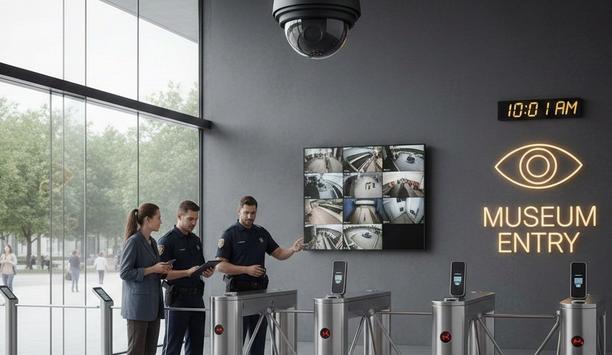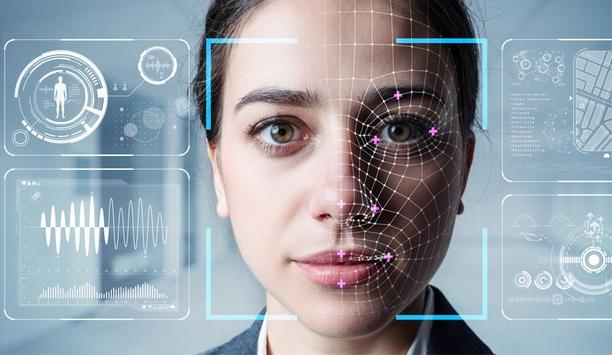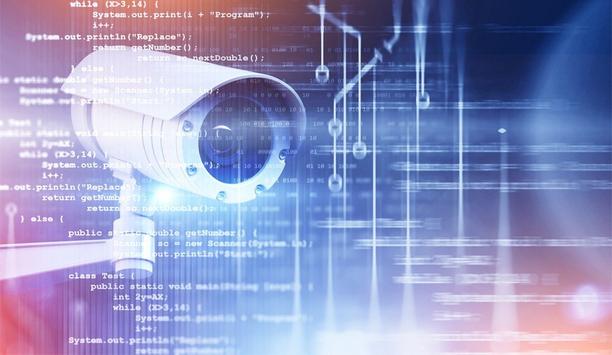Check Out Our Special Report On Casino Security
How Can Security Address Challenges In The Government Market?
- Security must ensure public safety while meeting strict cybersecurity requirements in government sectors.
- Global insecurity heightens the demand for advanced security technologies in the government market.
- Expert insights explore solutions for addressing government sector security challenges effectively.
Editor Introduction
Security is critical in the government sector, as much as any other vertical. Successful systems must promote public safety while also facing onerous requirements when it comes to cybersecurity. From a global perspective, the world seems less safe than ever before, suggesting an even greater role for security technologies. We asked this week’s Expert Panel Roundtable: How can security address the challenges of the government market?
From online hackers trying to steal intelligence to intruders gaining unauthorized entry into government premises, public sector organizations face an ever-evolving threat landscape. However, many organizations still rely on older technologies, which can present significant physical and cybersecurity risks. An important step towards reducing the cybersecurity risks associated with physical security devices is to integrate physical security and IT to develop a coordinated strategy for hardening systems. In the United States, the Cybersecurity and Infrastructure Security Agency (CISA) recommends joining IT and physical security into a single, integrated team to better focus on developing a comprehensive security program based on a common understanding of risk, responsibilities, strategies, and practices. With a modern, cybersecure unified security platform, public sector organizations can empower their teams to be faster and more effective at detecting and defusing both physical and cybersecurity incidents, while remaining compliant with government standards.
The government market is like many other verticals but perhaps with the added need to ensure better cyber awareness and protection. Governments do after all hold more data on us as citizens than most private enterprises, and they need to ensure that this data and the infrastructure housing it are fully guarded to ensure maximum protection against cybercrime. It goes without saying that physical security systems must embody the same levels of cyber protection as they do in the physical space. This is particularly so when it comes to government installations which are vital to us all and are especially vulnerable at times of international uncertainty like those we are experiencing now.
With regards to video surveillance, the challenge of creating “safe cities” is one where the new breed of AI-powered cameras can make a substantial difference. With so many cameras deployed, security operators can’t monitor them all. Using AI-based analytics to monitor government properties acts as a force multiplier for law enforcement. Operators can get real-time alerts when people or vehicles are in places they shouldn’t be. These cameras can alert security teams to suspicious behaviors, such as loitering, when offices and facilities are otherwise closed. Using sound classification within these same cameras can alert operators to glass breaks, yells, and gunshots. The government market needs more pro-active response capabilities, and AI-based edge devices can give them that. Post-event forensic search is easier than ever with detailed object attributes, such as color and other specifics regarding both vehicles and people. Having bullet-proof cyber security with NDAA, TAA, and FIPS compliance is paramount.
With any vertical market, there is a unique set of needs that require adept solutions. For the government market, the primary concern is the strict security regulations to which facility managers must comply. Compliance is often one of the first factors to consider for any security solution. If a solution does not meet these standards, it cannot be considered. Security manufacturers can remove the guesswork for government end users by stating clearly that a product is compliant. For example, UL listings, ADA compliance, and TAA regulations are common codes that government buildings must adhere to by law. Stating where products are listed on a GSA (General Services Administration) Schedule, as well as if they comply with common regulatory requirements, helps the government market ensure the right products and solutions are chosen.
Editor Summary
Cybersecurity and compliance are principal drivers in the government sector. In terms of video surveillance, the challenge of safe cities includes the need for proactive response (as well as forensic capabilities). Adhering to strict standards is a given in the government market. Beyond compliance, security technologies must also excel at achieving their stated purpose.
- Related companies
- Aiphone
- TDSi
- Genetec, Inc.
- Aiphone Corp.
- i-PRO
- View all news from
- Aiphone
- TDSi
- Genetec, Inc.
- Aiphone Corp.
- i-PRO
Expert commentary
Security beat
The Key To Unlocking K12 School Safety Grants
DownloadHoneywell GARD USB Threat Report 2024
DownloadPhysical Access Control
DownloadThe 2024 State Of Physical Access Trend Report
DownloadThe Security Challenges Of Data Centers
DownloadKentixONE – IoT Access And Monitoring For Data Centers
Climax Technology HSGW-Gen3 Modular Smart Security Gateway
Delta Scientific DSC50 ‘S’ Barrier: Portable, Crash-Rated Vehicle Mitigation Solution
























